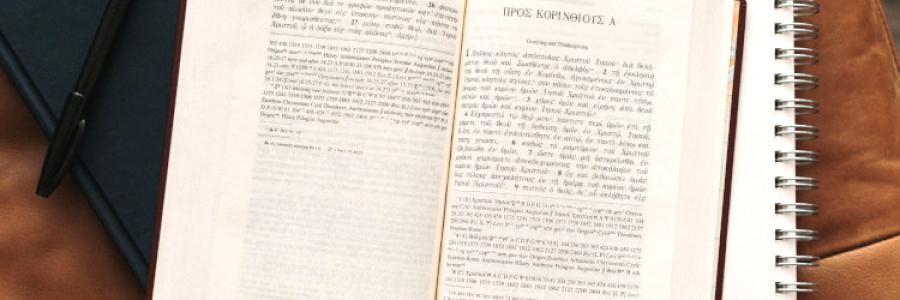The Earliest Baptist Critics of the KJV: Leonard Busher (1614) and Henry Jessey (Part 1)
Reprinted with permission from As I See It, which is available free by writing to the editor at [email protected].
(An earlier form of this study was published in Baptist Biblical Heritage, volume 2, no. 1, Spring 1991, pp. 5-8. It appears here in revised and updated form)



Discussion